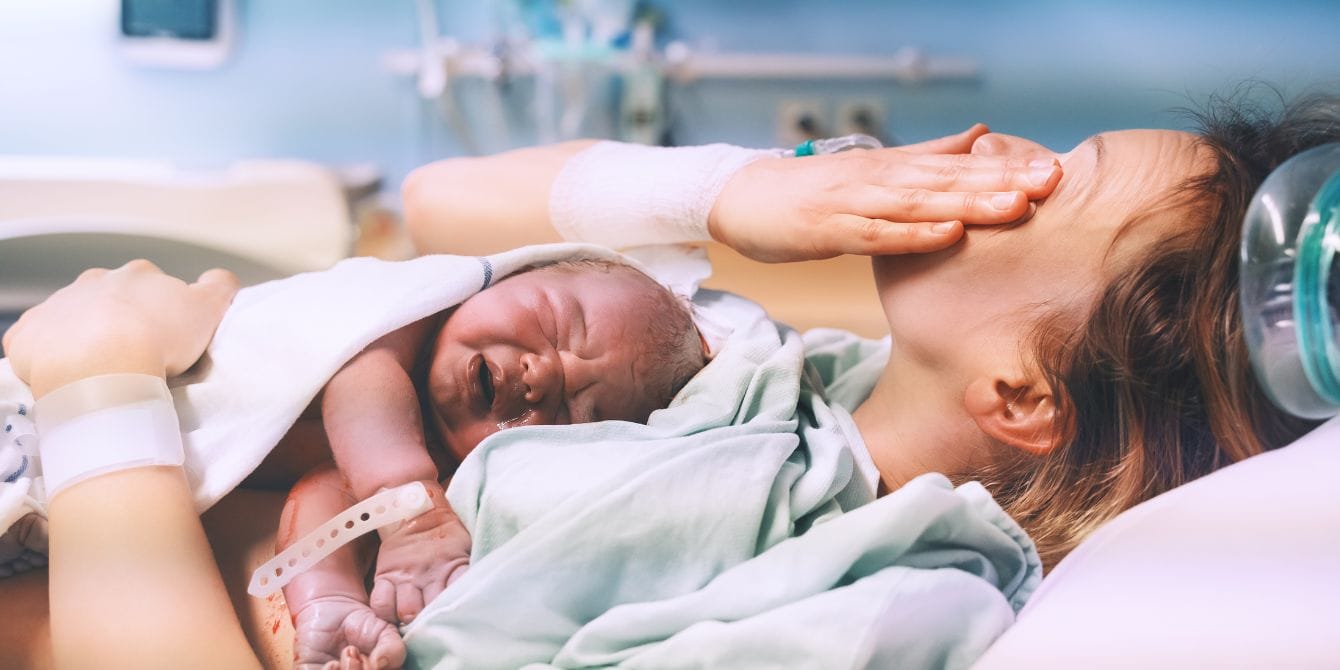After you’ve given birth, there’s a not-zero chance you’re giving very little thought to the placenta. In fact, you’ve probably got a whole lot of other stuff on your mind, including how soon you can snuggle up with that precious new being of yours. But a new study is highlighting why discarding placentas can actually lead to a loss of valuable information, with scientists noting that placental pathology “should be a routine part of obstetric and neonatal care, and also deserves more research attention.”
The analysis, which was recently published in the Cell Press journal Trends in Molecular Medicine, is highlighting the importance of the placenta and the wealth of information it might contain about the health of both mom and baby after birth.
First, though, a quick refresher on the placenta, because it’s actually pretty cool. The pancake-shaped mass of cells is the first organ to develop after conception, holding all your baby’s genes so their other organs—including the heart, lungs, and all the essentials—can begin to form. It also transfers antibodies to the growing baby to improve their immunity after they’re born. Basically, the placenta is your baby’s life-support system before birth, serving as their genetic twin.
In Western nations, this wonder-organ is typically discarded as medical waste after delivery, but in many cultures across the globe, the placenta is honored in different spiritual ceremonies and/or burial services.
Now, some scientists are arguing that the placenta “should not be considered a waste tissue,” as senior author Mana Parast, MD, PhD, professor of pathology at University of California San Diego School of Medicine says. “They can teach us a lot about not just what went wrong in a pregnancy, but also inform about subsequent pregnancies for the health of the pregnant person and baby.”
Due to the critical exchange of nutrients that the placenta provides, placental pathology can offer useful info about numerous concerns, including low birth weight, neurological issues in infants, pregnancy hypertension (preeclampsia), and other cardiovascular issues in the parent, among others.
“For example, we’re learning that a particular lesion in the placenta called decidual arteriopathy is potentially a marker for future cardiovascular disease in women, and other lesions can tell you whether preeclampsia or stillbirth is likely to recur in subsequent pregnancies,” Dr. Parast adds.
Examining the placenta immediately post-birth can also detect potential fungal infections in preterm babies that might otherwise take days to identify—a critical window of time for protecting little ones from illness and/or disease.
While some hospitals automatically complete placental pathology, Dr. Parast notes that evaluation and additional testing as needed “definitely takes a lot more resources”—resources that might not be available in a healthcare system that is already strapped and over-burdened. Here’s hoping that more experts speak out about the importance of this research so that more placentas can be utilized instead of tossed in the trash.

